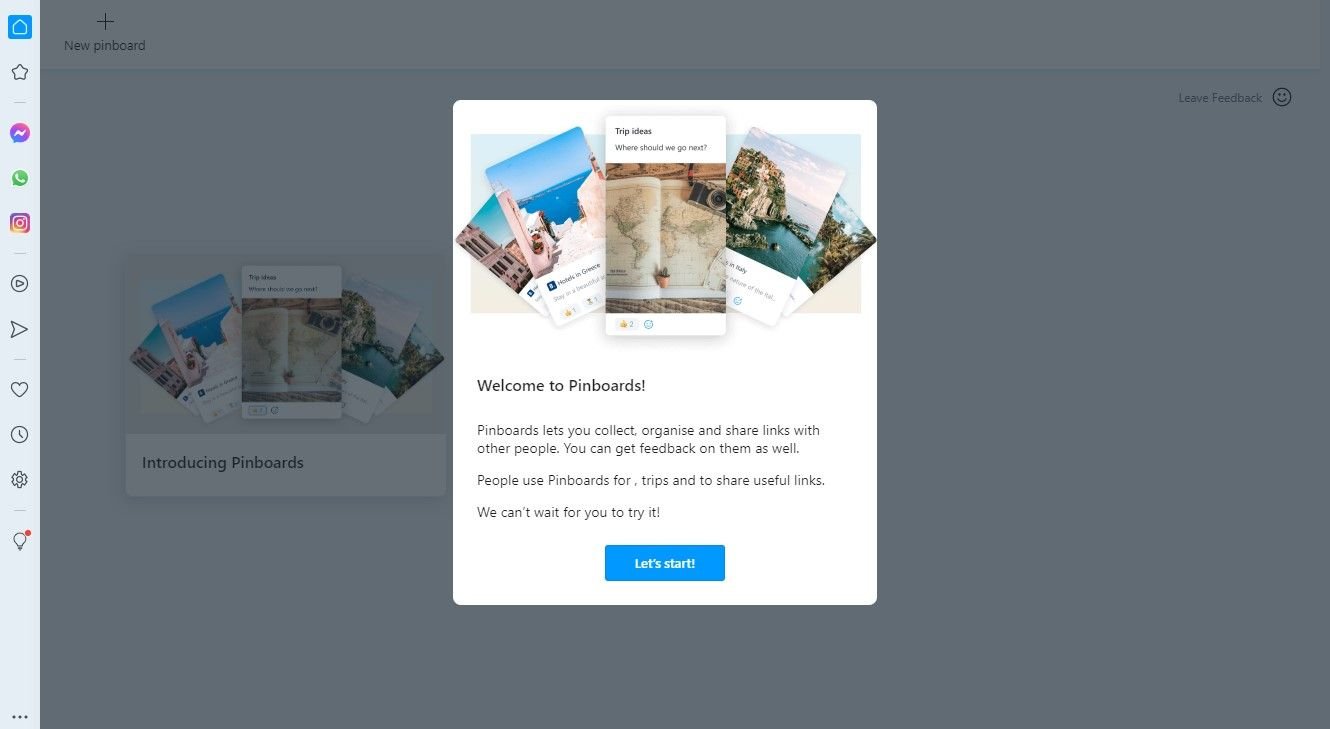As expected, Google is rolling out a new version of Gmail. The new Gmail has a fresh new look forged in Material Design, a stack of features designed to make you more productive and keep you secure, and some algorithms to make managing your inbox easier than ever.
What’s New in the New Gmail?
The first thing you’ll notice about the new Gmail is the fresh coat of paint. Gmail now shares the same Material Design aesthetics most of us will be familiar with in other apps. Which means clean lines, rounded edges, and collapsible sidebars.
Practical changes include:
- Attachments that are always accessible without the need to scroll.
- The option to Archive, Delete, and Mark As Unread when hovering over an email.
- The option to Snooze an email for a period of your choosing.
In terms of artificial intelligence, Google has brought Smart Replies over from its mobile apps. These allow you to send automated replies in an instant. A new Nudge feature means Google will remind you to reply to messages it thinks are important.
If you don’t know, now you know. ? the new Gmail ? https://t.co/aToXavruhI pic.twitter.com/nEf8zsj3f0
— Gmail (@gmail) April 25, 2018
Perhaps the biggest innovation is the new Confidential mode. This lets you send an email to someone while removing the option for them to copy, forward, download, or print the contents. Which could be invaluable when sending sensitive information.
This is made possible by Google not actually sending the email. Instead, it remains in your inbox at all times, with the recipient sent a link to it. With your permission they then access it via their Gmail account or via https. You can even set an expiration date.
How to Access the New Gmail
Google has started rolling out the new-look Gmail now, but it may take a few weeks to reach you. To check whether you can opt in to the new Gmail, click the Settings cog in the top right-hand corner, and look for the “Try the new Gmail” option.
We have written extensively about Gmail in the past, including a definitive guide to Gmail for beginners and an equally extensive guide for Gmail power users. However, the new features means we’ll probably have to rewrite them sooner rather than later.
Image Credit: Chris Schrier/Flickr



